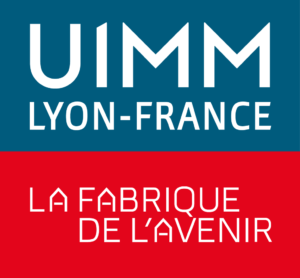Different Welding Manufacturer Machines
The manufacturing market uses many types of machinery to create a wide variety of products. For many manufacturers, particularly in the aerospace, automotive, robotics and automation fields, welding manufacturer machines are a useful tool.
Welding is a popular process used in the manufacturing market, as it allows manufacturers to fuse together malleable materials such as metal or thermoplastics. Using high heat, welding machines can join these materials and create an almost seamless, strong joint that can easily be hidden.
These joints allow large pieces of metal to be connected without the need for hinges or other attachments. That means that expansive sheets of metal can be connected to create large items. Alternatively, small pieces of machinery or vehicles, such as bicycles, can be made from several pieces of metal that are uniquely shaped to fit their purpose.
Since welding as we know it was invented in the 19th Century, the practice has had a wide variety of uses across the manufacturing landscape. Modern manufacturing companies require welding manufacturer machines that will meet a wide range of needs.
There are as many types of welding machines for the manufacturing market as there are types of manufacturing. Therefore, almost every company can find the type of welding solution to suit their exact requirements.
So, what types of welding machines are there available for manufacturing businesses? And manufacturing sectors can they be used for? Here’s everything you need to know about the types of manufacturer machines on the market today.
Friction Stir Welding
Friction stir welding (FSW) is a type of solid-state welding, which uses a non-consumable tool to join two pieces of material without melting them. The rotating tool uses friction to create heat, which creates enough energy to join the materials without damaging the two pieces. The process is useful for creating an almost seamless join between two pieces of metal.
That’s why FSW is ideal for joining high-value metals with precision. These metals can include steel, titanium, aluminium, copper and alloys of each. Manufacturers using FSW can join two dissimilar metals without damaging them. The practice is useful for shipbuilders, airline manufacturing and other high-value, large-scale manufacturing sectors. As FSW uses less power consumption than other types of welding, it is a cost-effective and energy-efficient solution that is popular with efficient and lean workplaces.
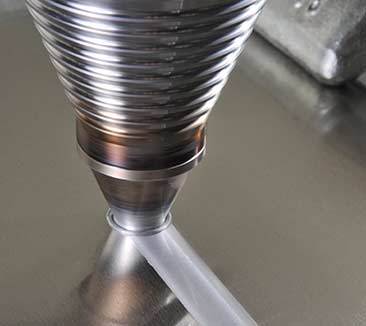
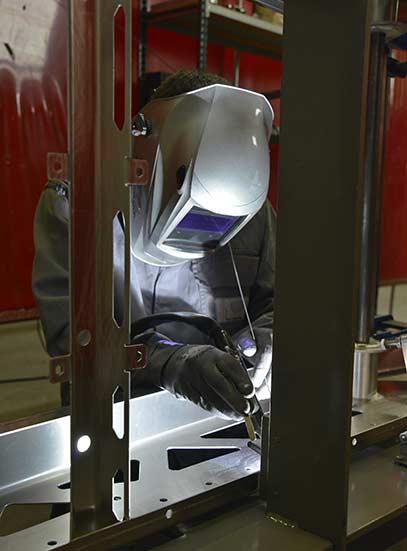
Tungsten Inert Gas Welding
Tungsten Inert Gas (TIG) welding is an arc welding process that uses a tungsten electrode to heat the two materials and join them. The non-consumable electrode produces an arc of energy, which melts the metals together, while an inert gas is then used to cool them and join them. The process uses an inert shielding gas to keep the materials and electrode safe from oxidisation and contamination, meaning that the result is a clean join between the two pieces of material.
Sometimes known as Gas Tungsten Arc Welding (GTAW), the process is precise and useful for assembly lines that require a delicate process. TIG welding machines can be used for a wide range of applications in the manufacturing market, including joining bike frames, door handles, fenders and more. The process can be more challenging to manage and learn, meaning that it is often only used by expert welders or large manufacturing facilities with many skilled members of staff. As TIG welding offers a high-quality result, it can be worth investing time and effort in for businesses that offer high-quality products.
Metal Inert Gas Welding
Similar to TIG welding, Metal Inert Gas (MIG) welding is a form of arc welding that also uses a consumable wire to join the two pieces of material, which are typically metals such as aluminium, copper or steel. This consumable wire acts as both the electrode and the filler material. It also uses inert gas to shield the electrode and keep it safe from corrosion or other contaminations related to the atmosphere around it.
As such, the MIG welding process is fast and effective, making it ideal for use with large sheets of materials. It is also renowned as one of the easiest types of welding to learn, meaning that manufacturing companies can quickly and easily start using this innovative, modern welding process. That makes MIG welding ideal for a range of manufacturing applications, including aerospace, automotive, furniture, agriculture tools and more. The practice is becoming a popular option because of its ease of use, cost-effectiveness and flexibility.
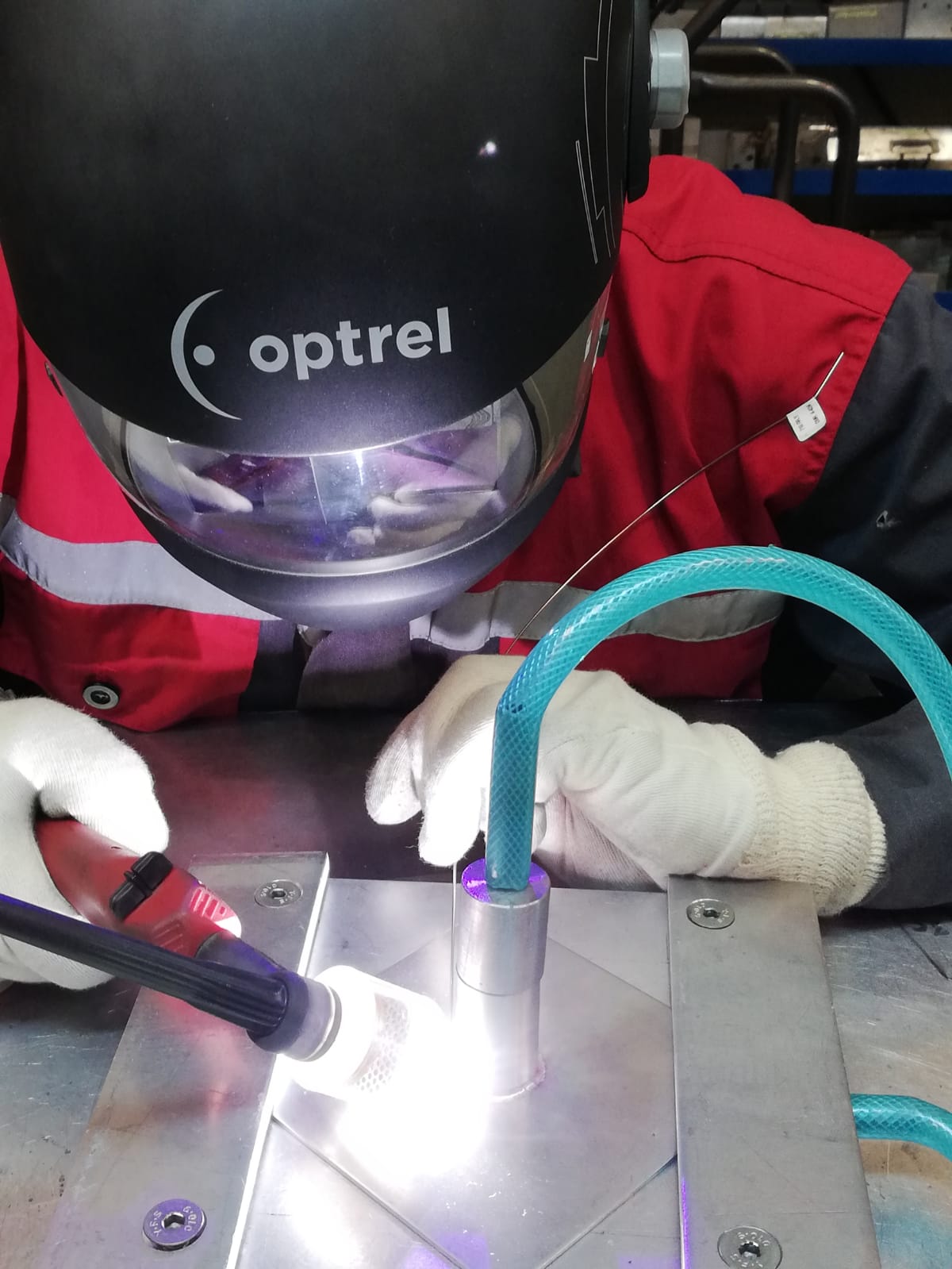
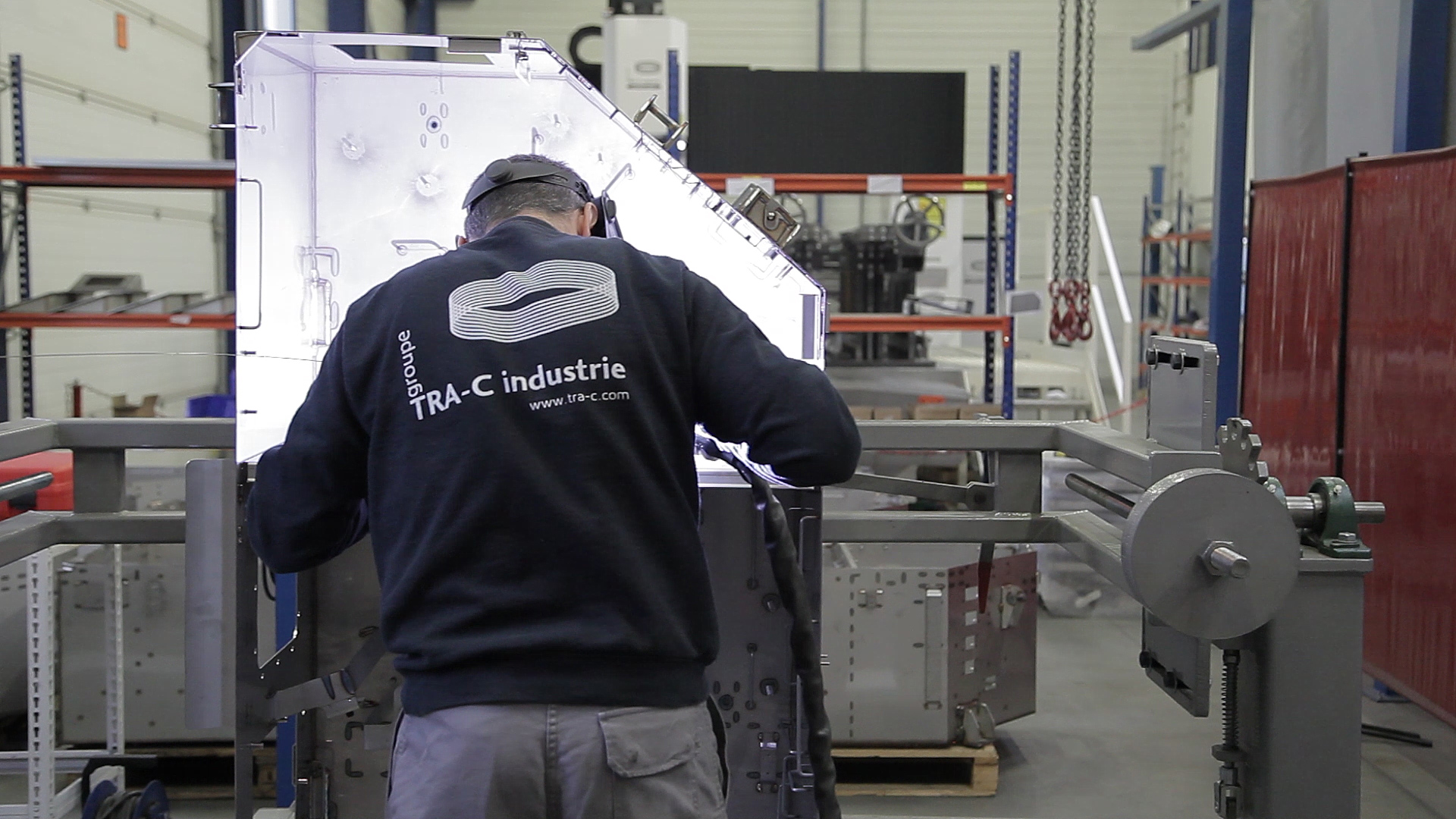
Metal Active Gas Welding
Metal Active Gas (MAG) welding is similar to MIG welding in that both are arc welding processes that use gases to power the electrode that welds the metals together. Unlike MIG welding, MAG welding uses active shielding gases, which are usually combinations of carbon dioxide, argon and oxygen.
Thanks to the types of shielding gases used, MAG welding is usually used for the joining of steel panels. That means that the process is useful for applications in the aerospace market and other large scale manufacturing sectors. Often, manufacturers will use MAG welding in conjunction with MIG welding, which is used in smaller parts of the manufacturing process. Both processes are sometimes lumped together under the term Gas Metal Arc Welding, or GMAW. However, the type of gas used to shield the electrode and material from contamination have different properties and can produce a unique seem, making them suited for different practices.
In Conclusion
Over recent years the manufacturing market has evolved, and innovative styles of manufacturer machines that incorporate welding are now available. There are several types of welding currently used in various industries and manufacturing niches, including aerospace, robotics and more.
When choosing the right type of welding machine that you want for your business, you should think about the applications that you use it for, as well as the skills of your team. It will also depend on the purpose of your product and any specific project requirements.
If you’re looking for advice on what type of welding to use, then contact the team at TRA-C industrie. We offer a range of manufacturer machines and services to help you to create the products that you need.






